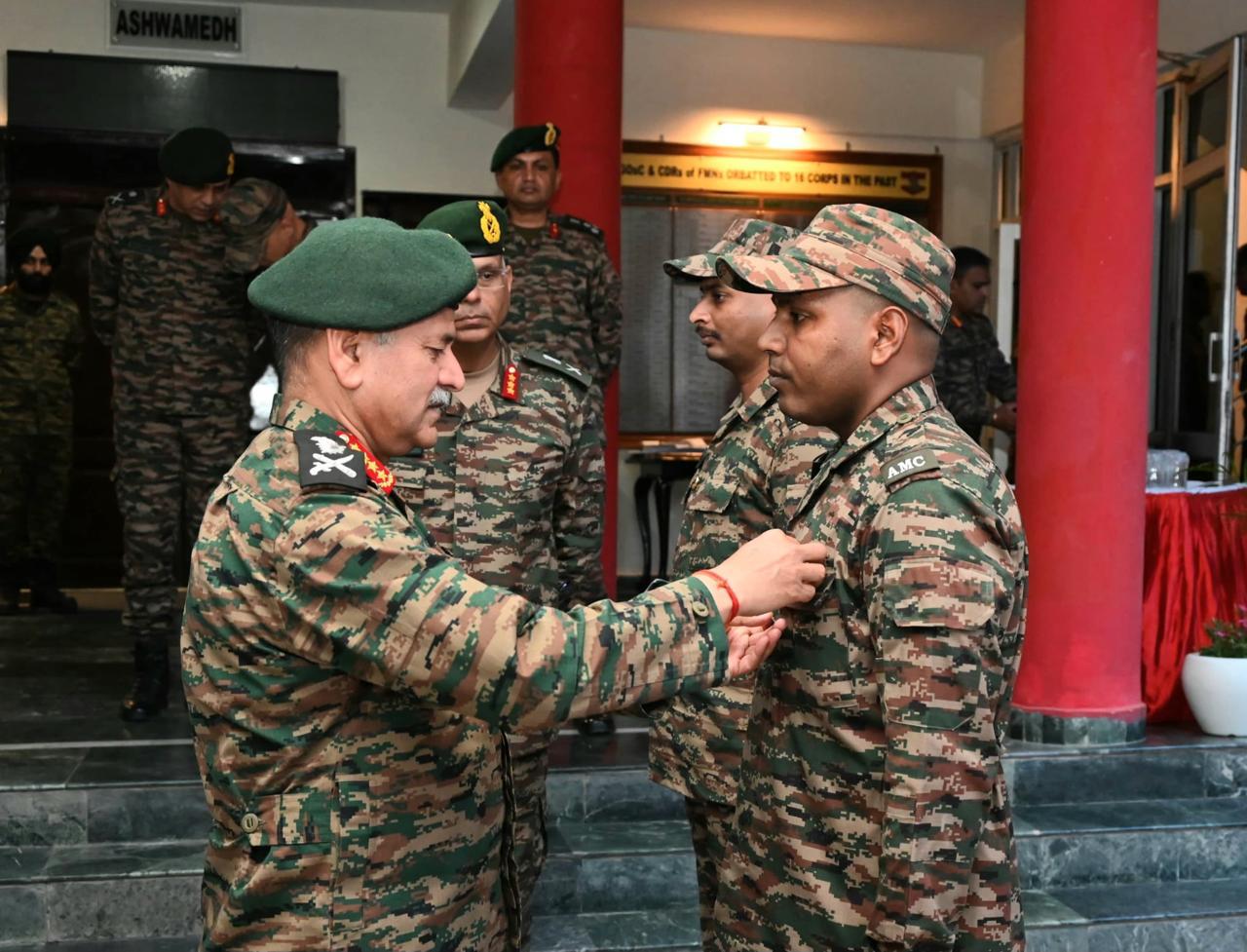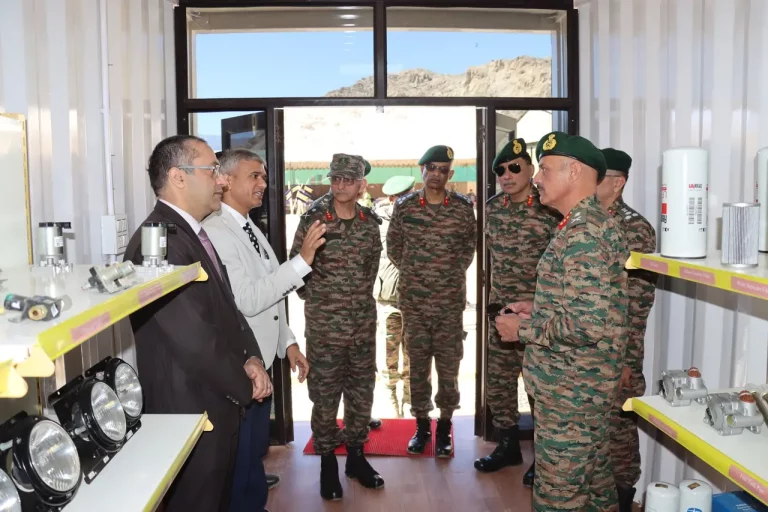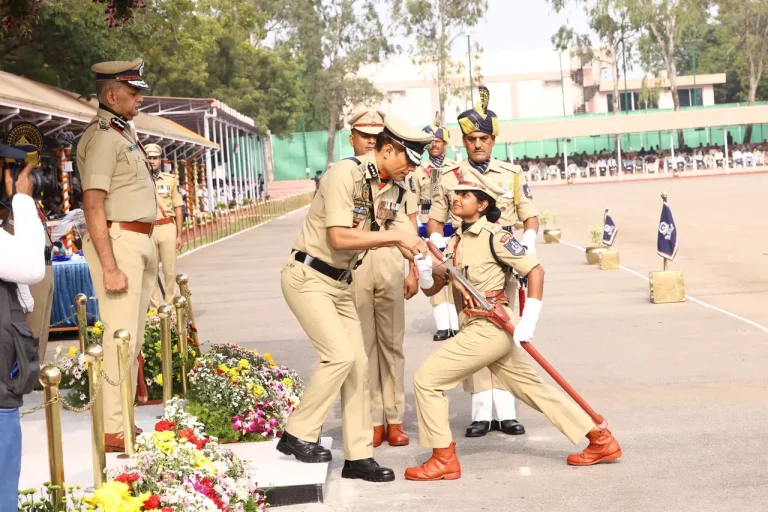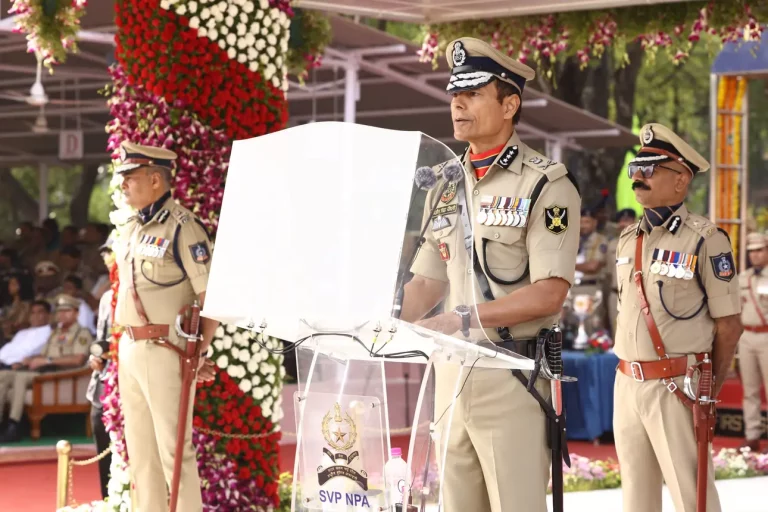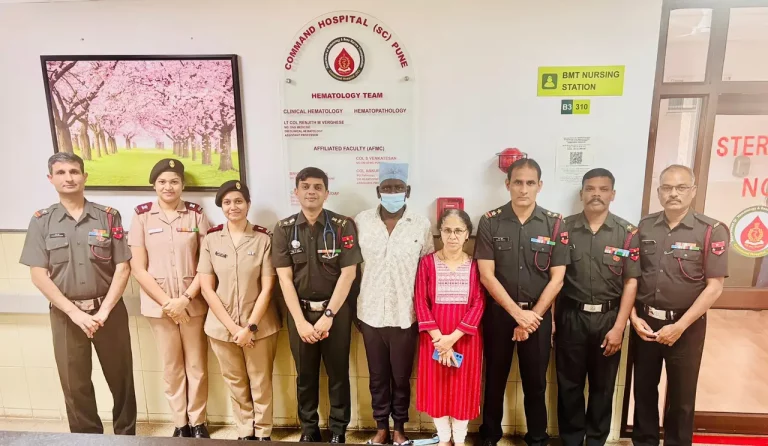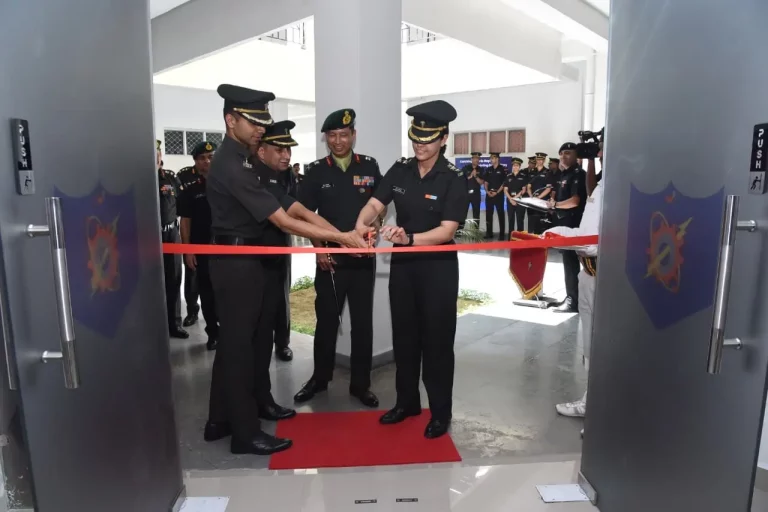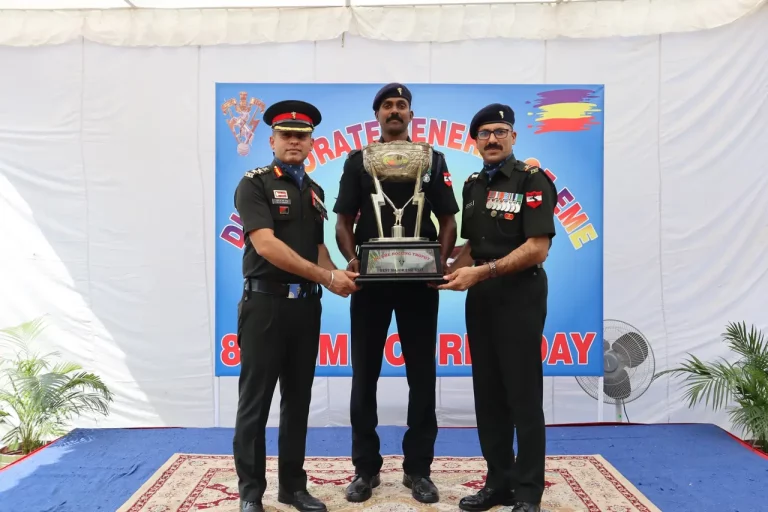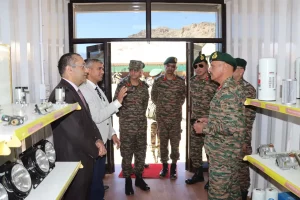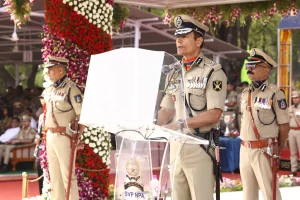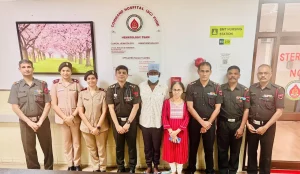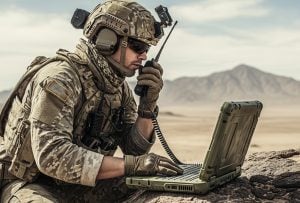In a recent evaluation of border security, Chief of the Army Staff General Upendra Dwivedi conducted a high-level visit to the White Knight Corps headquarters in Nagrota. This visit was aimed at assessing operational readiness along the Line of Control (LoC) in Jammu and Kashmir amid rising tensions and increased vigilance following recent cross-border incidents.
During the assessment, General Dwivedi received an extensive briefing from the General Officer Commanding (GOC) of the White Knight Corps regarding the current security situation, operational hurdles, and ongoing military deployments along the border. A significant aspect of this visit was the commendation given to the corps for their outstanding execution of Operation Sindoor. This robust counter-terror initiative was launched in response to the tragic Pahalgam terror attack on April 22, which resulted in the deaths of 26 civilians, including a Nepalese national.
Operation Sindoor has been described as a pivotal response to terrorism, targeting nine terror camps, four of which were located inside Pakistan. This operation is noted to have been one of the most extensive cross-border actions undertaken by India since the 1971 Bangladesh Liberation War, marking a considerable shift in the country’s counter-terror strategy.
General Dwivedi praised the troops for their professionalism and bravery during this mission and underscored the necessity of being adaptable and technologically prepared to tackle emerging threats. Notably, he highlighted the increasing issues of drone-assisted drug and arms trafficking observed along the border in recent months, which necessitates heightened intelligence and response mechanisms.
The White Knight Corps, established in 1972, plays an essential role in defending the LoC. Its proactive measures in counter-radicalization efforts are aimed at engaging local communities, civil administrations, and religious leaders. Such initiatives are crucial in steering the youth away from extremist ideologies and maintaining regional stability.
The Army Chief’s visit also reaffirmed the Indian Army’s commitment to modernization and innovation, reflecting the objectives of the 2024 “Year of Tech Absorption” and the broader “Decade of Transformation” vision. General Dwivedi emphasized the need for integrating advanced technologies, such as 3D-printed infrastructure and quickly deployable defense mechanisms, enhancing troop capabilities in challenging, high-altitude environments.
In concluding his visit, General Dwivedi reiterated the Indian Army’s unwavering commitment to ensuring peace and security in the region. He underscored the importance of remaining vigilant and advancing technologically to stay ahead of potential adversaries. This visit highlights the Army’s comprehensive strategy on counter-terrorism, border management, and efforts to stabilize the region amidst ongoing challenges.
